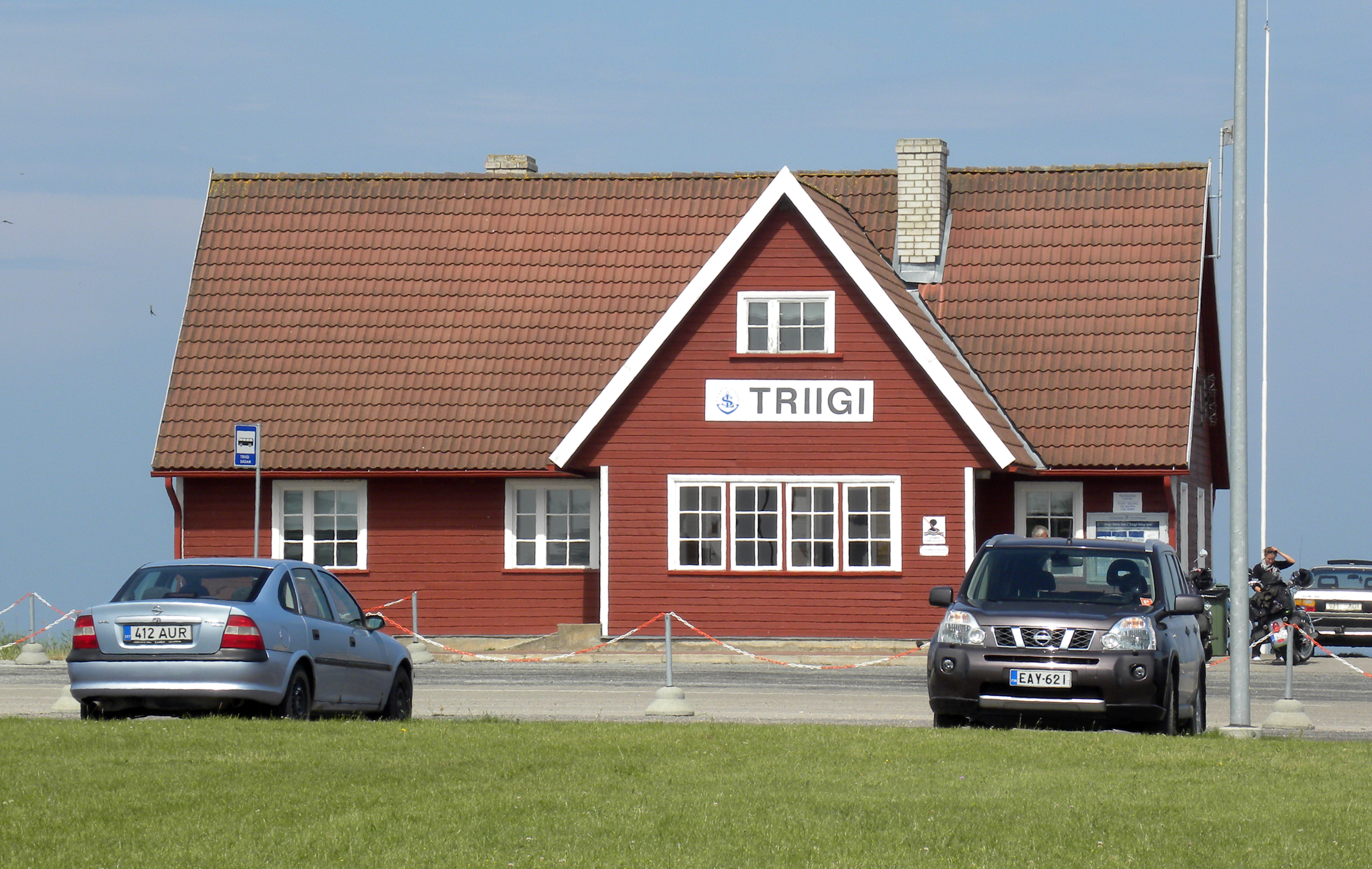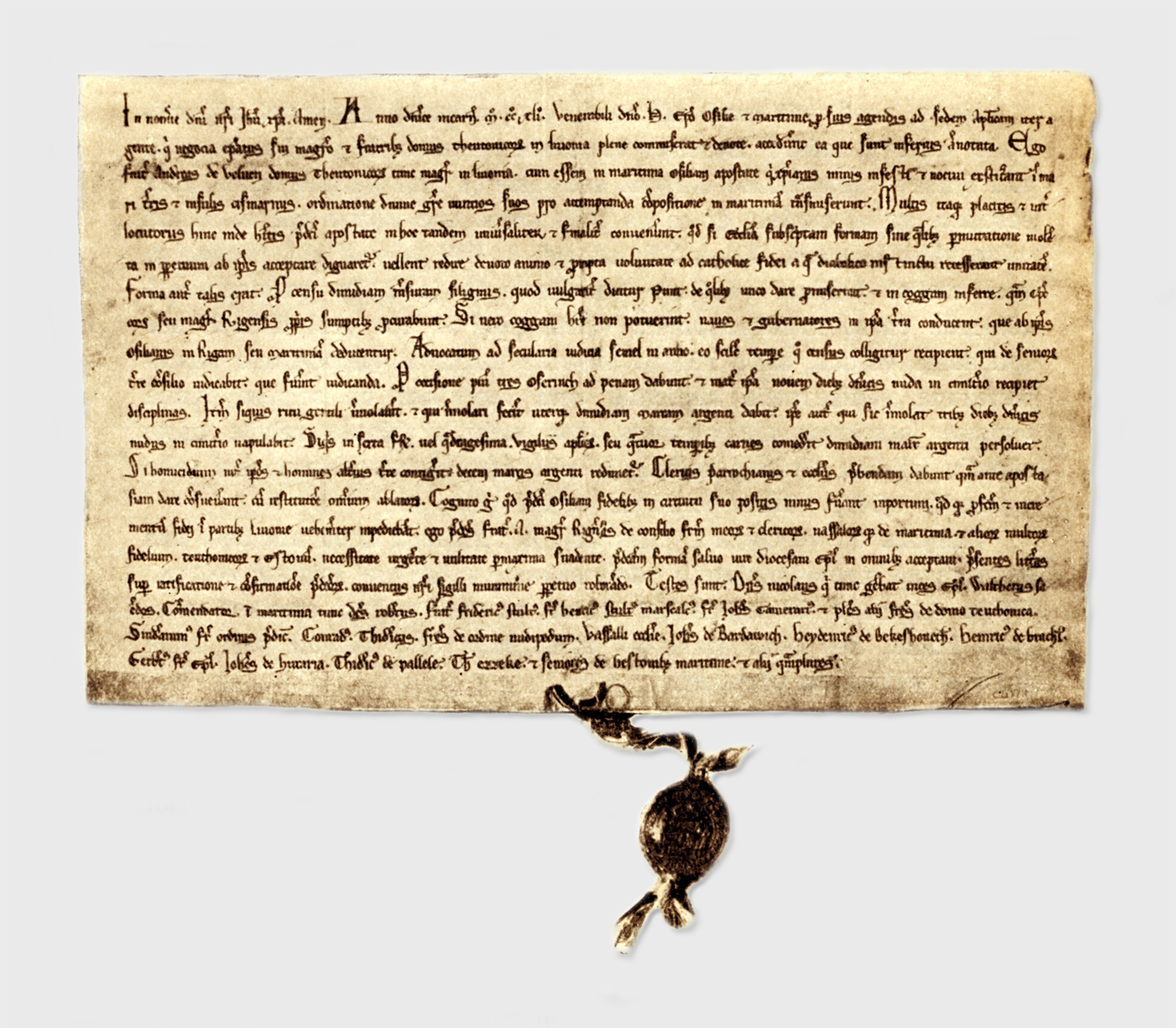|
Sõru
Sõru is a village in Hiiumaa Parish, Hiiu County in northwestern Estonia. Sõru harbour is located in the neighboring Pärna village. A ferry service operates to Triigi on Saaremaa Saaremaa (; ) is the largest and most populous island in Estonia. Measuring , its population is 31,435 (as of January 2020). The main island of the West Estonian archipelago (Moonsund archipelago), it is located in the Baltic Sea, south of Hi .... References Villages in Hiiu County {{Hiiu-geo-stub ... [...More Info...] [...Related Items...] OR: [Wikipedia] [Google] [Baidu] |
Pärna
Pärna is a village in Hiiumaa Parish, Hiiu County in northwestern Estonia Estonia, officially the Republic of Estonia, is a country in Northern Europe. It is bordered to the north by the Gulf of Finland across from Finland, to the west by the Baltic Sea across from Sweden, to the south by Latvia, and to the east by Ru .... (retrieved 28 July 2021) Sõru harbour is located there. File:Sõru sadam 2015.jpg, Sõru harbour in Pärna village File:Sõru muuseum - panoramio.jpg, Sõru museum next to harbour References Villages in Hiiu County {{Hiiu-geo-stub ... [...More Info...] [...Related Items...] OR: [Wikipedia] [Google] [Baidu] |
Triigi, Saare County
Triigi is a village in Saaremaa Parish, Saare County in western Estonia. Before the administrative reform in 2017, the village was in Leisi Parish. A ferry service operates from Triigi harbour to Sõru on the island of Hiiumaa Hiiumaa ( , ) is the second largest island in Estonia and is part of the West Estonian archipelago, in the Baltic Sea. It has an area of 989 km2 and is 22 km from the Estonian mainland. Its largest town is Kärdla. It is located within .... References Villages in Saare County {{Saare-geo-stub ... [...More Info...] [...Related Items...] OR: [Wikipedia] [Google] [Baidu] |
Hiiumaa Parish
Hiiumaa Parish ( Estonian: ''Hiiumaa vald'') is a rural municipality of Estonia on the island of Hiiumaa. Hiiumaa Parish was established by merging Emmaste Parish, Hiiu Parish, Käina Parish and Pühalepa Parish after the municipal elections held on 15 October 2017. Kärdla is the administrative center of the municipality. The current mayor (''vallavanem'') is Hergo Tasuja. The municipalities of Emmaste and Pühalepa contested their forced merger with Hiiu and Käina to form the new Hiiumaa municipality, which includes the whole island and what is Hiiu County. Settlements There is one town, Kärdla, two small boroughs (''alevik''): Käina and Kõrgessaare, and 182 villages in Hiiumaa Parish: * Aadma * Ala * Allika * Aruküla * Emmaste * Emmaste-Kurisu * Emmaste-Selja * Esiküla * Hagaste * Haldi * Haldreka * Harju * Hausma * Heigi * Heiste * Heistesoo * Hellamaa * Heltermaa * Hiiessaare * Hilleste * Hindu * Hirmuste * Härma * ... [...More Info...] [...Related Items...] OR: [Wikipedia] [Google] [Baidu] |
Saaremaa
Saaremaa (; ) is the largest and most populous island in Estonia. Measuring , its population is 31,435 (as of January 2020). The main island of the West Estonian archipelago (Moonsund archipelago), it is located in the Baltic Sea, south of Hiiumaa island and northwest of the Gulf of Riga. The administrative centre of the island, and of the Saare ''maakond'' (county), is the town of Kuressaare. From the 13th century until the first half of the 20th century, the island of Saaremaa was known in most of the world by variants of its other historical name Ösel. Etymology Saaremaa was called ''Eysýsla'' in the Icelandic sagas and other early medieval Scandinavian sources (Old Norse: , meaning "the island district"), and named in contrast with ''Aðalsýsla'' ("the great district") or the Estonian mainland. The island is called in modern Estonian and in Finnish — literally "land of the isle" or "land of the island",Toomse, Liine. "10 Estonian Islands You Should Visit." http ... [...More Info...] [...Related Items...] OR: [Wikipedia] [Google] [Baidu] |
Counties Of Estonia
The counties of Estonia () are the state administrative subdivisions of Estonia. Estonian territory is composed of 15 counties, including 13 on the mainland and 2 on islands. County governments () were abolished at the end of 2017, with their duties split between state authorities and local governments, and nowadays counties have no noteworthy independent competences. Counties are composed of Municipalities of Estonia, municipalities of two types: urban municipalities or towns (), and rural municipalities or parishes (), which are by law required to cooperate in development of their county. List As of 2023, the sum total of the figures in the table below is 42,644 km2, of which the land area is 42,388 km2, so that 256 km2 of water is included in the figures. History In the first centuries AD, political and administrative subdivisions began to emerge in Estonia. Two larger subdivisions appeared: the parish (kihelkond) and the county (maakond). The parish consisted of ... [...More Info...] [...Related Items...] OR: [Wikipedia] [Google] [Baidu] |
Hiiu County
Hiiu County ( or ''Hiiumaa'') is one of 15 counties of Estonia, being the smallest county both in terms of area and population. It consists of Hiiumaa (German language, German and ), the second largest island of Estonia, and several smaller islands near it. The county borders Lääne County to the east and Saare County to the south. History Human habitation of Hiiumaa can be traced back to the fifth millennium BC. Mesolithic sites in Kõpu peninsula are exemplified by the seal-hunters' settlements. There are several well-preserved grave fields of the Iron Age. The island was first mentioned in 1228, in annals written under the name ''Dageida''. In 1254, Hiiumaa was divided between the Livonian Order and the Bishopric of Ösel-Wiek. In 1563 Hiiumaa was annexed into Sweden. In 1710, as a result of the Great Northern War the island went under the control of the Russian Empire. During World War I, the German military forces occupied Hiiumaa in 1917. In 1918–1940 Hiiumaa was part ... [...More Info...] [...Related Items...] OR: [Wikipedia] [Google] [Baidu] |
Eastern European Time
Eastern European Time (EET) is one of the names of UTC+02:00 time zone, 2 hours ahead of Coordinated Universal Time. The zone uses daylight saving time, so that it uses UTC+03:00 during the summer. A number of African countries use UTC+02:00 all year long, where it is called Central Africa Time (CAT), although Egypt and Libya also use the term ''Eastern European Time''. The most populous city in the Eastern European Time zone is Cairo, with the most populous EET city in Europe being Kyiv. Usage The following countries, parts of countries, and territories use Eastern European Time all year round: * Kaliningrad Oblast (Russia), since 26 October 2014; also used EET in the years 1945 and 1991–2011. See also Kaliningrad Time. * Libya, since 27 October 2013; switched from Central European Time, which was used in 2012. Used year-round EET from 1980 to 1981, 1990–1996 and 1998–2012. The following countries, parts of countries, and territories use Eastern European ... [...More Info...] [...Related Items...] OR: [Wikipedia] [Google] [Baidu] |
Eastern European Summer Time
Eastern European Summer Time (EEST) is one of the names of the UTC+03:00 time zone, which is 3 hours ahead of Coordinated Universal Time. It is used as a summer daylight saving time in some European and Middle Eastern countries, which makes it the same as Arabia Standard Time, East Africa Time, and Moscow Time. During the winter periods, Eastern European Time ( UTC+02:00) is used. Since 1996, European Summer Time has been applied from the last Sunday in March to the last Sunday in October. Previously, the rules were not uniform across the European Union. Usage The following countries and territories use Eastern European Summer Time during the summer: * Belarus, Moscow Summer Time in years 1981–89, regular EEST from 1991-2011 * Bulgaria, regular EEST since 1979 * Cyprus, regular EEST since 1979 ( Northern Cyprus stopped using EEST in September 2016, but returned to EEST in March 2018) * Egypt, in the years 1988–2010, 2014–2015 and since 2023 (see also Egypt Sta ... [...More Info...] [...Related Items...] OR: [Wikipedia] [Google] [Baidu] |
Estonia
Estonia, officially the Republic of Estonia, is a country in Northern Europe. It is bordered to the north by the Gulf of Finland across from Finland, to the west by the Baltic Sea across from Sweden, to the south by Latvia, and to the east by Russia. The territory of Estonia consists of the mainland, the larger islands of Saaremaa and Hiiumaa, and over 2,300 other islands and islets on the east coast of the Baltic Sea. Its capital Tallinn and Tartu are the two largest List of cities and towns in Estonia, urban areas. The Estonian language is the official language and the first language of the Estonians, majority of its population of nearly 1.4 million. Estonia is one of the least populous members of the European Union and NATO. Present-day Estonia has been inhabited since at least 9,000 BC. The Ancient Estonia#Early Middle Ages, medieval indigenous population of Estonia was one of the last pagan civilisations in Europe to adopt Christianity following the Northern Crusades in the ... [...More Info...] [...Related Items...] OR: [Wikipedia] [Google] [Baidu] |



